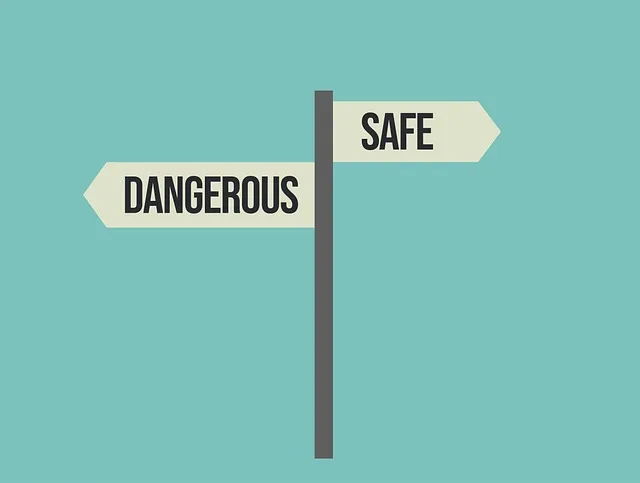Risk and threat are near-synonyms, but we need to be careful when using them. I recently listened to an episode of the Liberty Weekly podcast wherein the hosts discussed how people often conflate these two different ideas when making arguments.
When you drive a car, you increase your risk of being involved in a car accident. When you fly, you increase your risk of being involved in an airplane crash. Risk is just a statistical probability, though, not in actionable threat.
A threat, on the other hand, is a specific, actionable incident. When you see a car weaving through traffic on the road, there may be an actual threat of an accident due to the actions of a specific reckless driver. If someone wears a gun into a room where no one else is armed, the risk of a gunshot shifts from zero to non-zero, but if no weapon is brandished and no violence is signalled, there is no increased threat.
Of course, a threat includes at least the illusion of increased risk in order to be effective, but the inverse is not necessarily true.

Image credit
Where I live, there is a high percentage of armed people, with both open and concealed weapons. This theoretically means an increased risk of gun violence, especially according to the hoplophobic gun-grabbers who want more legislative "control," but there is a distinct absence of actual threats. Maybe this is because making such threats would dramatically increase the risk of armed response faced by the aggressive individual. Also, I would like to note that any new legislarive regulations and restrictions necessarily include a threat against those of us who prefer to take personal responsibility for our own security.
At present, people try to use the risk of COVID-19 transmission to treat everyone around them as a threat, and you will probably find innumerable analogies on social media to the unvaccinated forcing everyone around them to play Russian roulette. Of course, any interaction with any other human always has some degree of risk of disease transmission, but that does not mean every encounter is a threat of illness. We can presume people are healthy until proven sick instead. In fact, this is the rational approach.
Here we are, 81 weeks into "two weeks to flatten the curve" at the time of posting. It's time to stop being victims of fearmongering propaganda. Sure, COVID-19 is a risk. It is a far greater risk to the elderly and those with certain preconditions. However, treating everyone else as a threat is irrational and antisocial. There is still time to reconsider our response, and pursue a course more like that recommended by the Great Barrington Declaration before more social and economic harm is inflicted.
Does this distinction make sense to you, or do you see a problem in my argument? Are there too many italicized words? Chime in below!